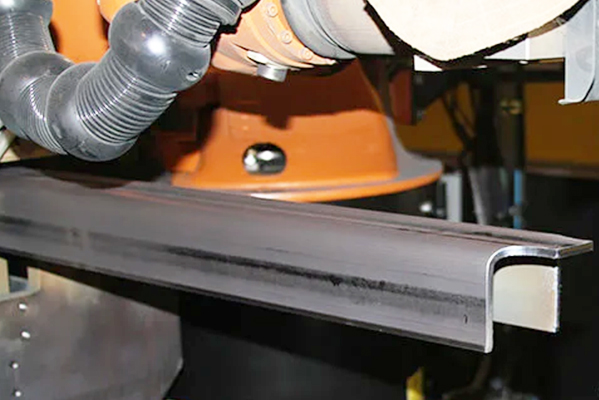Navigation Menu
Contact Us
- Email:
- info@wxavatar.com
- Address:
- Yurong Village, Yuqi Street, Huishan District, Wuxi, China.
Release Date:Jun 04, 2025 Visit:35 Source:Roll Forming Machine Factory
The railroad industry relies on precision-engineered components to ensure safe and efficient operations. As demand for high-quality railroad components equipment grows, manufacturers are increasingly adopting advanced production technologies. Roll-forming machinery has emerged as a valuable solution for improving the operational efficiency of railroad component manufacturing. This article explores how roll-forming technology contributes to enhanced productivity, cost-effectiveness, and consistency in producing railroad parts.

The Role of Roll-Forming in Railroad Components Manufacturing
Roll-forming is a continuous metal-forming process that shapes metal strips into desired cross-sectional profiles through a series of rollers. This method is particularly well-suited for manufacturing long, uniform railroad components such as rails, brackets, and structural supports. Compared to traditional fabrication techniques, roll-forming offers several advantages:
1.High-Speed Production – Roll-forming machinery operates at consistent speeds, allowing for the rapid production of railroad components without sacrificing precision.
2.Material Efficiency – The process minimizes material waste by using coiled metal strips, reducing scrap and lowering production costs.
3.Consistent Quality – Since roll-forming is a controlled, automated process, it ensures uniformity in dimensions and mechanical properties across large production runs.
Key Benefits for Railroad Components Equipment
1. Improved Production Throughput
Roll-forming lines can produce railroad components at a faster rate than traditional stamping or machining methods. This increased throughput helps manufacturers meet large-scale demand while maintaining tight tolerances required for railroad applications.
2. Reduced Labor Costs
Automated roll-forming systems require minimal manual intervention, lowering labor expenses and reducing the risk of human error. This makes the process particularly advantageous for high-volume production of railroad track components.
3. Enhanced Component Durability
The cold-forming nature of roll-forming work-hardens the metal, improving the strength and fatigue resistance of railroad components. This contributes to longer service life and reduced maintenance needs in rail infrastructure.
4. Flexibility in Design
Modern roll-forming machinery can be adjusted to produce various profiles, allowing manufacturers to create customized railroad components without extensive retooling. This adaptability is beneficial for producing specialized rail parts for different applications.
Applications in Railroad Components Equipment
Roll-forming is widely used in manufacturing:
Railroad track supports and brackets
Signaling system enclosures
Cable management channels
Structural framing for railcars
Conclusion
Roll-forming machinery plays a significant role in enhancing the operational efficiency of railroad components equipment manufacturing. By offering high-speed production, material savings, and consistent quality, this technology helps manufacturers meet industry demands while maintaining cost-effectiveness. As the railroad sector continues to evolve, the adoption of advanced roll-forming systems will remain a key factor in improving productivity and component performance.

For manufacturers seeking to optimize their production processes, investing in modern roll-forming machinery can provide a competitive edge in delivering high-quality railroad components efficiently.